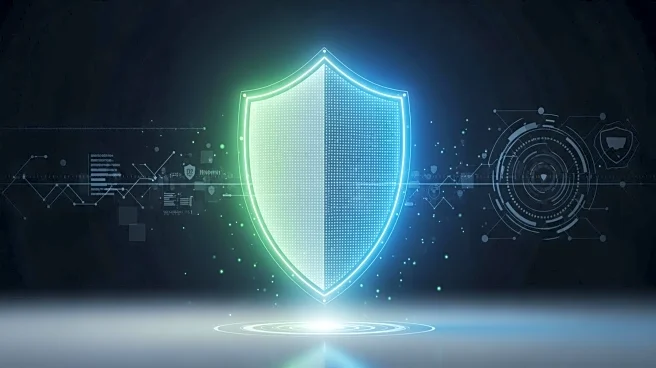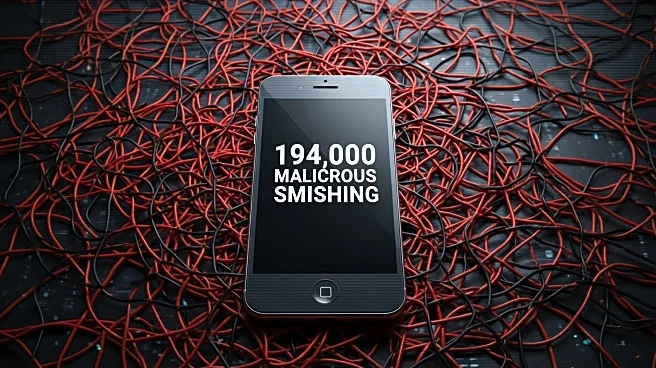What's Happening?
In 2025, approximately 66% of U.S. adults continue to use antivirus software, a figure that has remained unchanged from the previous year. Despite this, a significant protection gap persists, with 34% of Americans operating without antivirus protection.
The study highlights a disconnect between the 85% of individuals who believe antivirus software is necessary and the 66% who actually use it. The report also notes a shift towards free antivirus solutions, with usage increasing from 52% in 2024 to 61% in 2025. This trend reflects a growing reliance on built-in protections and a decline in perceived need for third-party solutions.
Why It's Important?
The stagnation in antivirus adoption and the widening protection gap pose potential cybersecurity risks, particularly as digital threats continue to evolve. The reliance on free antivirus solutions, while cost-effective, may leave users vulnerable to advanced threats that require more robust defenses. This situation underscores the need for increased awareness and education on cybersecurity best practices. Businesses and individuals who fail to adopt comprehensive security measures may face heightened risks of data breaches and cyberattacks, impacting personal privacy and organizational integrity.
Beyond the Headlines
The shift towards free antivirus solutions may indicate a broader trend of cost-cutting in personal and business cybersecurity strategies. While free options provide basic protection, they often lack advanced features necessary for high-risk users. This could lead to a false sense of security among users who may not fully understand the limitations of free software. Additionally, the generational gap in antivirus adoption suggests differing perceptions of cybersecurity needs, which could influence future market trends and the development of targeted security solutions.













